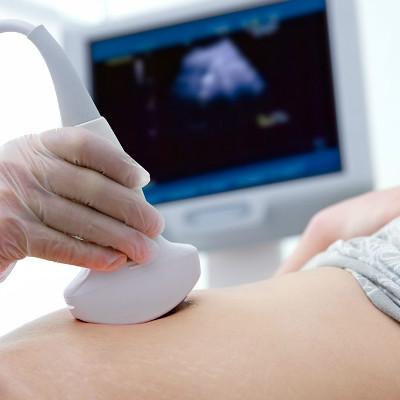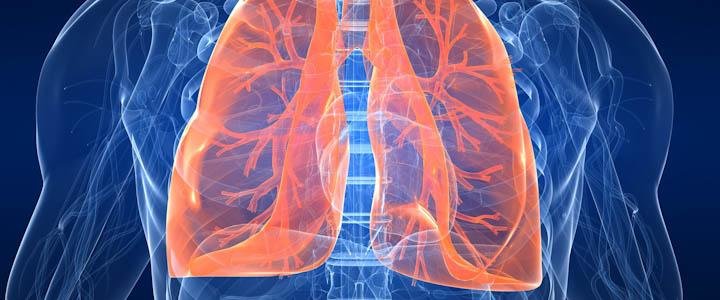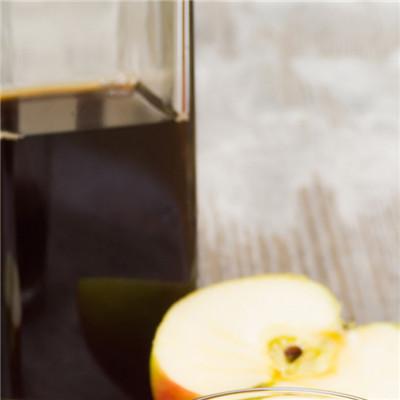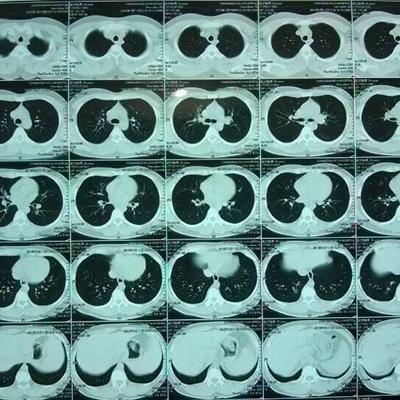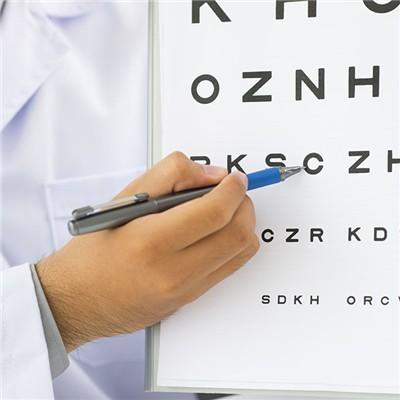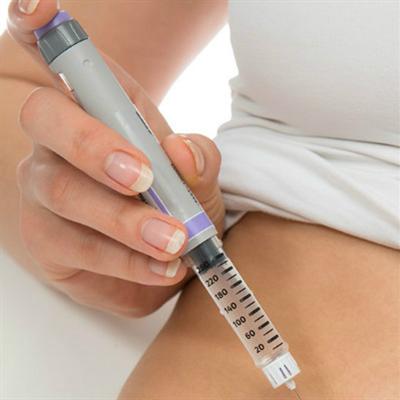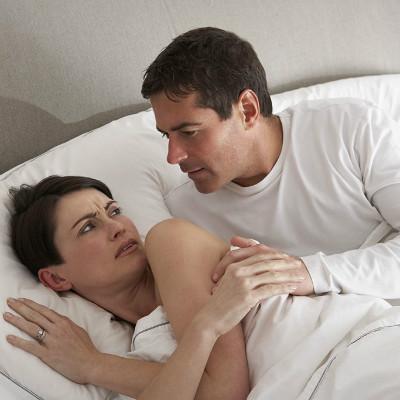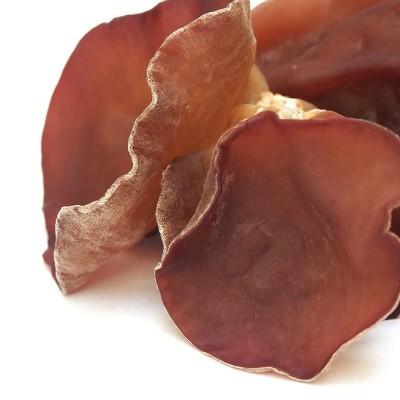How to treat wandering kidney
summary
The normal renal position is that the hilum of kidney is equal to the first and second lumbar transverse process, and the right side is slightly lower than the left side. When standing, the kidney can drop 2-5cm, which is equivalent to a vertebral body. If it exceeds this range, it is called nephroptosis. In a small number of patients, the kidney is wrapped by peritoneum and the renal pedicle is loose, which can move in the abdomen. Some even descend to the lower abdomen or pelvis, or cross the midline to the contralateral abdomen. This kind of nephroptosis is called wandering kidney, which is usually seen on the right side.
How to treat wandering kidney
First, non-surgical treatment, asymptomatic patients do not need treatment. Those with low back pain and hematuria should strengthen the exercise of abdominal psoas muscle and increase the abdominal pressure to prevent the kidney from sagging The method of training abdominal muscles can be used for sit ups, straight leg lifting and other training. In addition, kidney support and apron strap can also be used. It can be combined with oral Chinese patent medicine such as Buzhong Yiqi pill, Liuwei Dihuang pill, etc. in addition, it can use some drugs to improve protein synthesis, such as norone propionate, etc.
Second: perirenal injection sclerotherapy: suitable for patients with severe symptoms, complications or unwilling to operate. At the costal angle, lumbar puncture was applied to the perirenal fat sac, and 70-100ml of warm gelatin quinine solution (containing 2.4G quinine, 2.5G urethane and 20g gelatin per 100ml) was injected. After the injection, the head was lowered and the feet were raised for 7 days to cause perirenal adhesion and fix the kidney. Postoperative reactions such as low back pain, fever and abdominal distension may occur.
Third: surgical fixation: in addition to making a small incision to insert quinine gelatin preparation into the perirenal area to cause perirenal adhesion, the kidney can be completely separated from the perirenal fat by surgery, and then it can be fixed in its proper anatomical position by various methods.
matters needing attention
Nephroptosis mostly occurs in 20-40 years old thin and tall women, the right side is more than the left side. There are three main types of symptoms of nephroptosis. The occurrence of symptoms is not necessarily proportional to the degree of nephroptosis.


